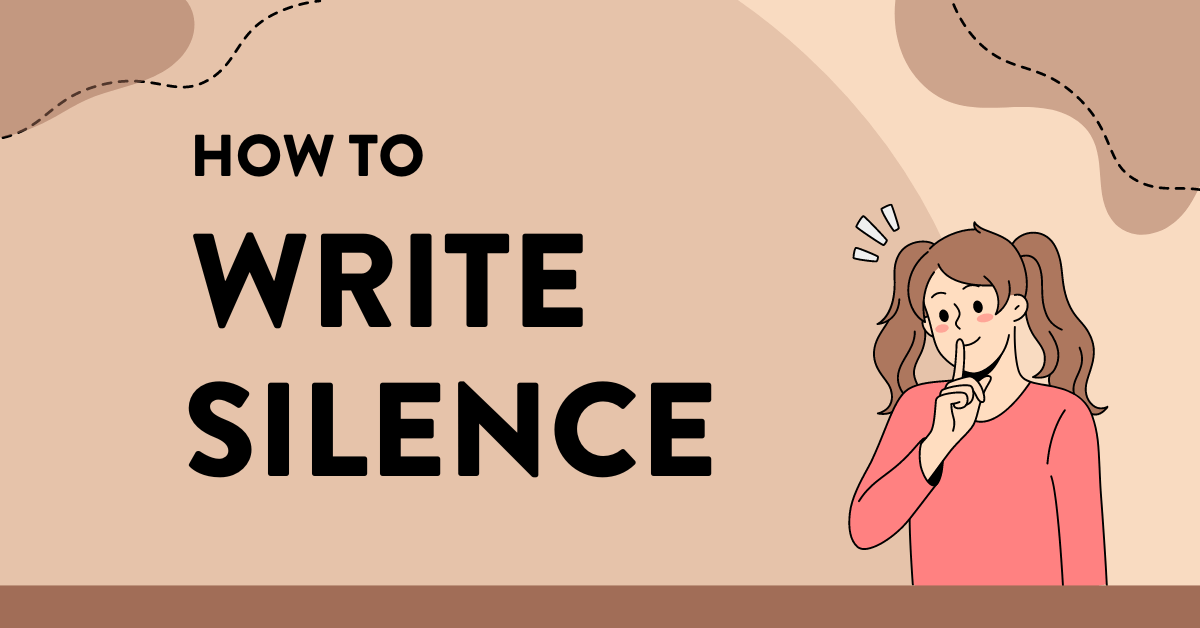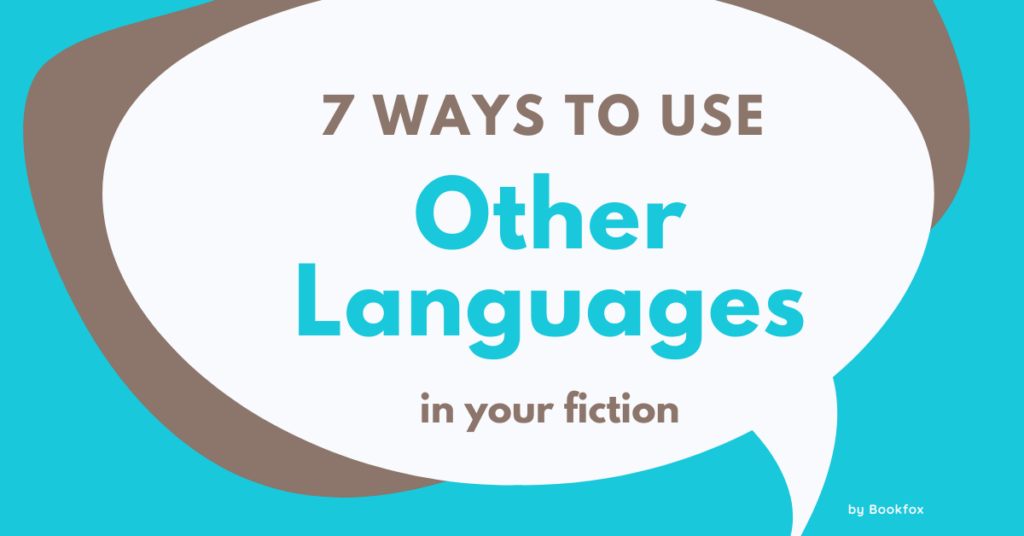
“In my life there are many silences,” wrote the novelist Juan Rulfo, “and in my writing, too.”
It’s important to think about how your story uses silence. Most of the craft of writing focuses on all the noise — the dialogue, the cacophony of the senses, the action.
But silence is not just an absence, but a way of communicating what can’t be communicated with words.
Silence can:
- show a character’s discomfort
- create the mood for a book
- slow down the pace of your story.
Here are four ways you should be using silence in your fiction.
1. Silence for Pacing
Sometimes you need to slow a scene down. Maybe a character dropped a bombshell of a line, and you want the reader to dwell on it for a moment, rather than rushing headlong into the next paragraph.
A moment of silence helps to pause your story. To take a break for a moment, before the rush of action and conversation begins again.
Here’s an example from Karen Joy Fowler’s “We Are All Completely Beside Ourselves”:
“Around then, there was one of those strange moments when all the noise inside the restaurant suddenly stopped. Nobody spoke. Nobody clicked the sides of their coffee cup with their spoon. Nobody outside barked or honked or coughed. Fermata. Freeze-frame.”
Silence can also show a moment of awkwardness between two characters. In this scene, a brother and sister are meeting again after years and years of not seeing each other.
Silence is a way of showing the distance between them.
2. Silence as Characterization
Plenty of characters in fiction don’t speak much. Staying silent is excellent characterization — we feel like we know them because of how little they speak.
Here’s an example from Arundhati Roy’s “The God of Small Things”:
Estha had always been a quiet child, so no one could pinpoint with any degree of accuracy exactly when he had stopped talking. Stopped talking altogether, that is. The fact is that there wasn’t an “exactly when.” It had been a gradual winding down and closing shop. A barely noticeable quieting. As though he had simply run out of conversation and had nothing left to say. Yet Estha’s silence was never awkward. Never intrusive. Never noisy.
I love that Estha’s silence grows across this passage. He starts as quiet and then grows to complete silence. This silence is character change.
So here, silence is not a blankness. It’s a full, rounded character trait that tells us more about Estha than pages of dialogue ever could.
Have you written a character who is tight-lipped? It might be a good idea to try out a character who withholds speech.
3. Silence as Atmosphere
Using silence in your book can create a mood.
In Cormac McCarthy’s “The Road,” the post-apocalyptic landscape is silent because almost nothing is alive. So the silence is the silence of death, of a landscape where nearly everything has been killed.
When McCarthy repeats the word silence again and again and again throughout the book, the reader feels the agony of a world scorched by a nuclear disaster, where even keeping alive is a struggle.
- “They stood listening in the utter silence.”
- “They trudged all day, the boy in silence.”
- “….he retrieved the tin with the pliers and they ate in silence.”
- “In the darkness and the silence he could see bits of light that appeared random on the night grid.”
- “They stood and brushed themselves off, listening to the silence in the distance.”
- “The nights were blinding cold and casket black and the long reach of the morning had a terrible silence to it.”
In one section he repeats a two-word sentence three times:
“The silence. The silence. The silence.”
He’s making the silence haunt these characters and haunt the reader.
4. Silence for Dialogue
I have a whole video on how to use silence in dialogue in my course, “The “Ultimate Guide to Writing Dialogue.”
Your characters shouldn’t respond to every line of dialogue. Sometimes, you just need them to be quiet.
Silence can indicate that they want to avoid the question, or are uncomfortable, or don’t know what to say, or refuse to say what they want to say.
In these cases, silence speaks volumes.
Here’s a classic example from Ernest Hemingway’s “Hills Like White Elephants”:
“It’s really an awfully simple operation, Jig,” the man said. “It’s not really an operation at all.”
The girl looked at the ground the table legs rested on.
“I know you wouldn’t mind it, Jig. It’s really not anything. It’s just to let the air in.”
The girl did not say anything.
We know the girl disagrees with this idea to get an abortion because she doesn’t say anything. She’s afraid to disagree out loud. But we can sense how uncomfortable she is with this conversation.
Here are three other ways to handle silence in your dialogue:
- Use Punctuation. For example, use ellipses to indicate a pause in time before another character speaks
- Use Description. When you have a description of the outside world next to dialogue, it will slow down the pace and feel like silence.
- Use Thoughts. Intersperse a POV character’s thoughts around the dialogue, and the reader will understand nothing is being said at the moment.
Writing Challenges
- Jay and Silent Bob: Try writing a passage of dialogue where one character does all the talking and the other stays silent. Show the non-speaker’s gestures, noises, body language and actions to off-set the speaker’s lines.
- Describing Silence: Write a scene where the main character experiences a profound moment of silence. Describe the setting and the character’s internal and external reactions. Consider how the lack of sound affects the senses and emotions.
- Dialogue Interruption: Create a dialogue between two characters where a significant pause or silence occurs. This silence should be loaded with meaning — it might represent tension, understanding, a secret, or an unspeakable thought. Reflect on how the characters navigate this silence.
- Meet Mr. Quiet: Craft a scene where a character must respond to a situation or another character without words. This could be through facial expressions, gestures, or actions. Explore how much can be conveyed without spoken language.
- Silent Twist Epiphany: Write a short piece of flash fiction (under 1000 words) where the climax of the story involves a moment of silence. This could be a realization, a decision made, or an important event, where silence plays a crucial role.
- Weaponized Silence: Write a scene where two characters are in conflict, and one of them uses silence as a tool or weapon. How does this silence affect the other character and the dynamics of their interaction?
- Mute City: Set a scene in a typically noisy environment (like a busy city street, a school, or a marketplace) and then remove all sound. How does this change the atmosphere? What do the characters notice that they wouldn’t otherwise?
Good luck with writing silence in your fiction!
Don’t forget to subscribe to my newsletter for more tips like this.



One thought on “4 Ways to use Silence in your Fiction”
I am a first timer poem writer